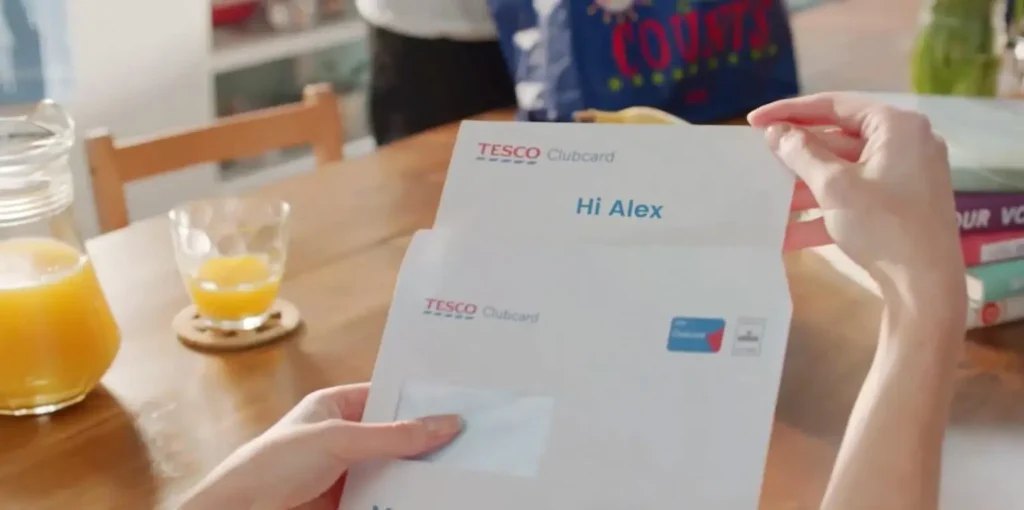Video advertising has traditionally been focused on branding and creating awareness: High production value ads shown on TV and paid for with massive advertising budgets. It has therefore been mostly used by Fortune 1000 companies that invest heavily in their brands. Measuring the overall impact of such campaigns was always challenging, not to mention measuring their actual impact on an advertiser’s bottom line. However, this was considered as an acceptable reality for many years.
Digital channels continue to grow. According to eMarketer, 22% of videos are now being viewed online. When we look at younger demographics however, the situation is far more extreme: Young viewers watch 2.5X more online video that they do TV.
However, advertising budgets have severely lagged in making this transition, creating a reality in which advertisers continue to spend massive sums on TV advertising while many of their most valuable viewers have already shifted to other platforms or forms of consumption
Online Video Advertising misses on both Branding and Direct Response
The main reasons for this transition are that digital channels make it harder to justify massive spending on pure branding, since the content is often shown next to user generated content which the advertiser doesn’t control or is even aware of. Spending millions of dollars so that an ad can appear next to a competitor’s product or inappropriate content just doesn’t seem that appealing to advertisers… go figure.
No, in the digital world, ads are expected to deliver more direct value to advertisers. From Adwords to Display, key metrics tracked by advertisers are CTR, CPA and even more importantly Conversion. Advertisers expect to be able to measure the impact of their online spend and see a clear ROI for it. After all, that was Google’s original pitch when they first launched Adwords.
Video advertising is not immune to this quest for ROI. Advertisers may accept massive spend without a clear business case on TV, but not on digital platforms. Nobody ever said life would be fair…
A key reason why text and image-based digital advertising has worked so well is the ability to dynamically create exactly the right ad unit for each user in order to map as closely as possible to their targeting characteristics and intent. Examples of this include Dynamic Keyword Insertion and Dynamic Remarketing. It’s this dynamic hyper-targeting and resulting high level of relevance that drives consumer engagement and more importantly, action.
Video however has been slow to make this transition. It is still largely a one-size-fits-all channel whereby all members of a defined audience watch the same video ad unit. Yes, some companies have tried to offer various flavors of dynamic video ads, but these generally involve low quality animated video or generic videos with obvious overlays that attempt to approximate a personalized ad unit, but don’t really.
The issue with such attempts is that while they may deliver on the hyper-targeting aspect that is essential for driving ROI, they drop the ball on the branding aspect given the low overall production value. Oh, did we not mention that online video ads were expected to deliver ROI and branding, rather than one or the other? Again, nobody ever promised life would be fair…
Another challenge that has plagued online dynamic video solutions especially on Facebook has been their ease of use. Facebook campaigns generally need to be managed on Facebook which is why existing solutions don’t include Facebook integrations, meaning that ad units for dynamic video ad campaigns on Facebook need to be generated and linked to their relevant audiences in a more manual and less efficient ways.
Idomoo’s Dynamic Video Ads for Facebook change the rules
Recognizing this gap in the market and the opportunity it represented, we recently launched our Dynamic Video Ads for Facebook offering. Our Dynamic Video Ads address all the pain points discussed above:
Branding or Direct Response? Why not both?
Our unique Native Personalized Video solution ensures that brand equity is maintained by not compromising on production value or creative flexibility. Our Dynamic Video Ads look just as good as a TV spot, if you want them to.
However, they also offer the benefits of hyper-targeting, thereby delivering Direct Response results from video advertising. Our first several campaigns have delivered direct value to advertisers’ bottom lines: 4X brand awareness, 5X CTRs and higher than 50% conversion rates all add up to a very clear ROI.
Ease of use
Our Personalized Video as a Service platform (PVaaS™) integrates directly with Facebook and make launching Dynamic Video Ad campaigns a breeze. Mapping out the different target groups within a defined audience, automatically generating video ad units for each group and deploying the campaign take a few hours from beginning to end. In other words, launching a dynamic video ad campaign with thousands of ad units is as easy as launching a regular video ad campaign in which all users view the same ad unit.
An added benefit of the above is that it opens up the world of Facebook video advertising to a whole other breed of advertiser. Advertisers that are more focused on Direct Response campaigns can safely enter the world of video advertising, with the assurance that every dollar they spend will have a measurable and very positive ROI. The entrance of mid-market and even SMB advertisers is set to fuel continued growth in the video ad space.
The strong results of our first several Dynamic Video Ad campaigns have secured us the Facebook Marketing Partner Badge. This in turn will enable us to work even more closely with Facebook in order to continue driving ROI for our advertisers while continuing to avoid headaches for all parties.






